Headphones
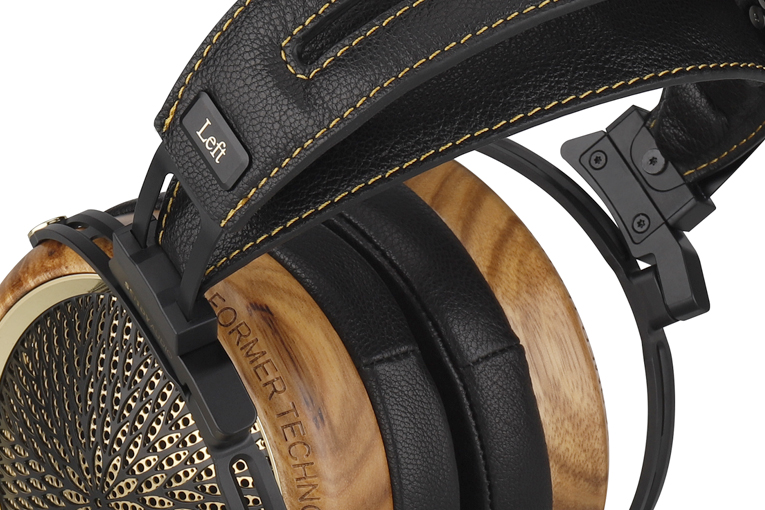
- Details
- Written by: Brent Butterworth
Sound: 









Value: 









(Read about our ratings)
Measurements can be found by clicking this link.
 I guess we’re on the second wave of high-end headphone companies from China now. The first wave—kind of the Beatles/Stones/Kinks wave—was led mostly by HiFiMan. The second wave—kind of the Led Zeppelin/Bowie/Sabbath wave—is much larger, and one of the most interesting players is Sivga Audio, which also incorporates the Sendy Audio brand. Its specialty is big, audiophile-oriented, open-back planar-magnetic headphones, and the Peacocks are the brand’s new flagship.
I guess we’re on the second wave of high-end headphone companies from China now. The first wave—kind of the Beatles/Stones/Kinks wave—was led mostly by HiFiMan. The second wave—kind of the Led Zeppelin/Bowie/Sabbath wave—is much larger, and one of the most interesting players is Sivga Audio, which also incorporates the Sendy Audio brand. Its specialty is big, audiophile-oriented, open-back planar-magnetic headphones, and the Peacocks are the brand’s new flagship.
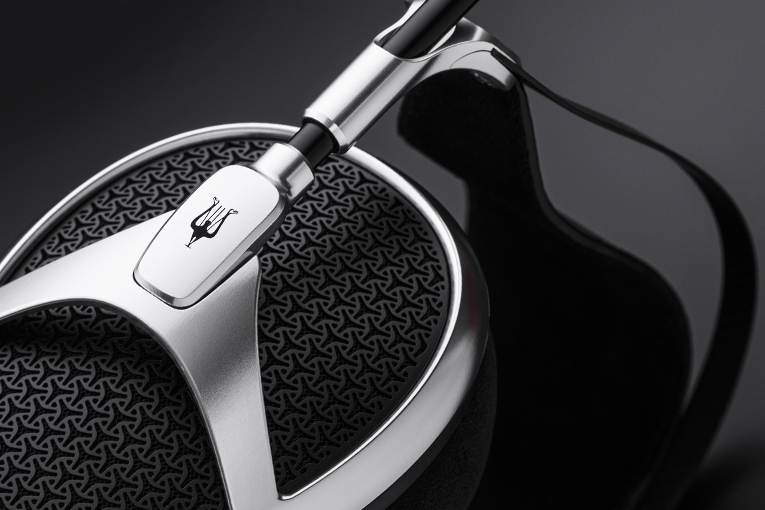
- Details
- Written by: Brent Butterworth
Sound: 









Value: 









(Read about our ratings)
Measurements can be found by clicking this link.
 For the headphone world, the Meze Audio Empyreans—predecessor to the new Meze Elite headphones—were one of the biggest surprises of the last few years. The Empyreans cost about ten times as much as the company’s previous top-of-the-line model. Not only were the Empyreans Meze’s first planar-magnetic headphones; they were the first to use a radical new planar-magnetic technology with separate regions for bass and treble. To the best of my memory (and the limits of my tolerance for reading or watching most headphone reviews), every reviewer loved them.
For the headphone world, the Meze Audio Empyreans—predecessor to the new Meze Elite headphones—were one of the biggest surprises of the last few years. The Empyreans cost about ten times as much as the company’s previous top-of-the-line model. Not only were the Empyreans Meze’s first planar-magnetic headphones; they were the first to use a radical new planar-magnetic technology with separate regions for bass and treble. To the best of my memory (and the limits of my tolerance for reading or watching most headphone reviews), every reviewer loved them.
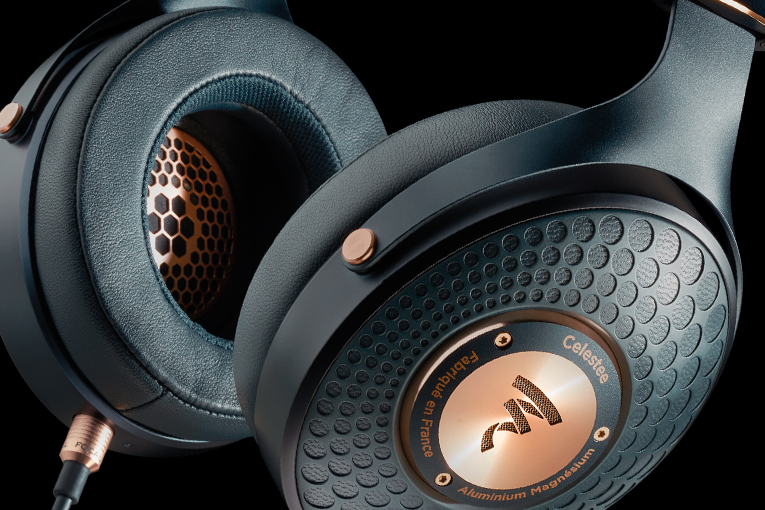
- Details
- Written by: Brent Butterworth
Sound: 









Value: 









(Read about our ratings)
Measurements can be found by clicking this link.
 Consider Focal headphones the opposite of AC/DC albums. AC/DC albums look different but sound the same. Focal headphones look the same but sound different. Sure, the Focal Celestee headphones come in an attractive shade of metallic dark blue, but other than that, I can’t see anything that distinguishes them from the company’s other headphones. So do they sound like the heavenly Utopias? Or more like the good but mid-forward Elegias? Guess we’ll have to find out.
Consider Focal headphones the opposite of AC/DC albums. AC/DC albums look different but sound the same. Focal headphones look the same but sound different. Sure, the Focal Celestee headphones come in an attractive shade of metallic dark blue, but other than that, I can’t see anything that distinguishes them from the company’s other headphones. So do they sound like the heavenly Utopias? Or more like the good but mid-forward Elegias? Guess we’ll have to find out.
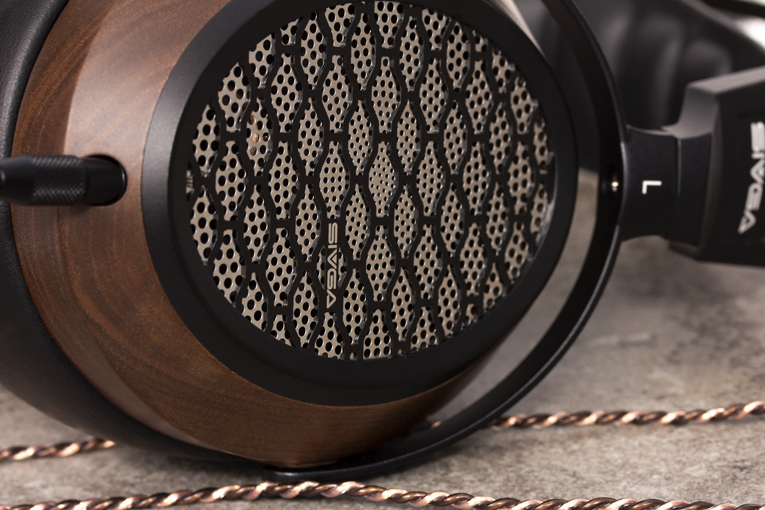
- Details
- Written by: Brent Butterworth
Sound: 









Value: 









(Read about our ratings)
Measurements can be found by clicking this link.
I finally checked out this new “You Tube” thing that my friends tell me their grandkids are watching for 16 hours a day. You know what’s weird about it? It looks like everyone on Earth is now a headphone reviewer! Why they’d want to do that, I can’t figure, but what I am pretty sure about is that every headphone reviewer has already reviewed the Sivga P-II planar-magnetic headphones. So by that logic, I would appear to be the last person on Earth to hear these. But even this late in the game, I think I still might have something to offer, because it doesn’t look like these handsome headphones have ever been treated to a full set of measurements with gen-u-wine laboratory-grade test gear. In fact, if you don’t want to read the opinions of the last person on Earth to weigh in on these ’phones, hit the link right above this paragraph to check out the measurements.
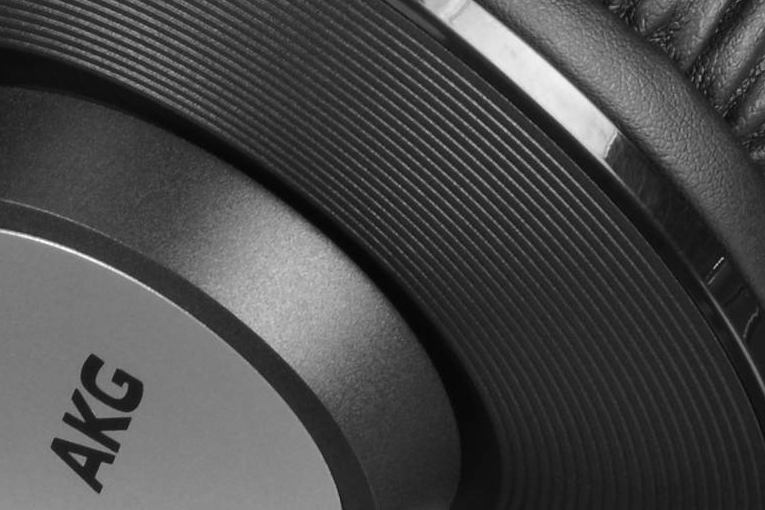
- Details
- Written by: Brent Butterworth
Sound: 









Value: 









(Read about our ratings)
Measurements can be found by clicking this link.
When I lost my Sony MDR-7506 studio headphones a while back, I faced a conundrum. I’d switched to using AKG K371s for mixing and monitoring my music recordings, but I still needed something visiting musicians could wear when laying down tracks. I just wanted a good, cheap set of studio headphones, but professional reviews of cheap headphones are few and far between. The AKG K72s looked like they might be a safe bet: established brand with a strong rep for studio gear, rave reviews on retailer websites, apparently decent build quality, and $49 on AKG’s site—or just $38.95 on Amazon.
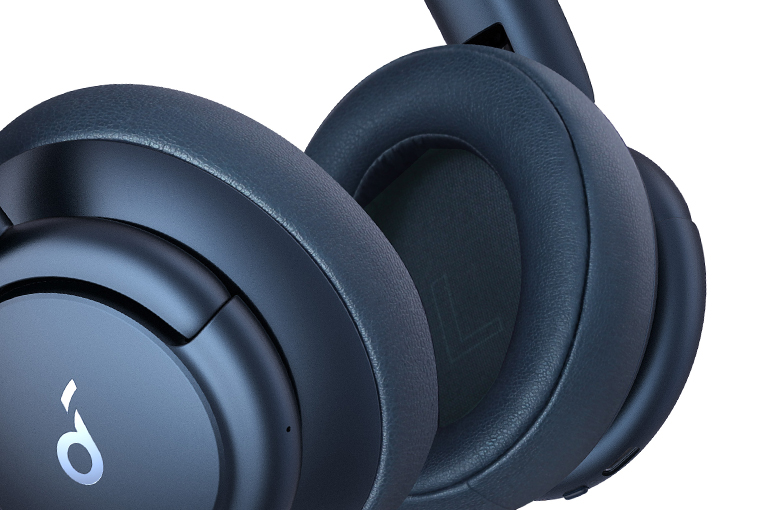
- Details
- Written by: Brent Butterworth
Sound: 









Value: 









(Read about our ratings)
Measurements can be found by clicking this link.
 I’m actually not interested in the Life Q35 headphones for the reasons Soundcore wants me to be. They want me to get all excited because the Life Q35 headphones feature Sony’s LDAC codec, which in its highest-quality mode transmits data at 990 kilobits per second (kbps). That’s about three times the maximum that the standard SBC Bluetooth codec can achieve, and pretty close to the 1411kbps data rate of uncompressed 16-bit/44.1kHz audio.
I’m actually not interested in the Life Q35 headphones for the reasons Soundcore wants me to be. They want me to get all excited because the Life Q35 headphones feature Sony’s LDAC codec, which in its highest-quality mode transmits data at 990 kilobits per second (kbps). That’s about three times the maximum that the standard SBC Bluetooth codec can achieve, and pretty close to the 1411kbps data rate of uncompressed 16-bit/44.1kHz audio.
- DALI IO-4 Bluetooth Headphones
- HiFiMan HE400se Headphones
- Bowers & Wilkins PX7 Carbon Edition Bluetooth Headphones
- Yamaha YH-E700A Bluetooth Headphones
- Emotiva Airmotiv GR1 Headphones
- Master & Dynamic MH40 Bluetooth Headphones
- Calyx H Headphones
- Beyerdynamic T1 (3rd Generation) Headphones
- Ultrasone Performance 880 Headphones and Sirius Bluetooth Adapter
- Dan Clark Audio Æon RT Closed Headphones
- Philips Fidelio X3 Headphones
- Beyerdynamic T5 (3rd Generation) Headphones
- HEDD Audio HEDDphone Headphones
- Beyerdynamic DT 770 Studio Headphones
- Focal Utopia Headphones
- AIAIAI TMA-2 HD Wireless Bluetooth Headphones
- HiFiMan Deva Bluetooth Headphones
- Atlantic Technology FS-HR280 Headphones
- Monoprice Monolith M1570 Headphones
- Dan Clark Audio Æon Flow 2 Closed Headphones
- Andover Audio PM-50 Headphones
- Marshall Monitor II A.N.C. Bluetooth Headphones
- Drop + THX Panda Bluetooth Headphones
- DALI IO-6 Bluetooth Noise-Canceling Headphones
- Monoprice Monolith M570 Headphones
- Audeze LCD-1 Headphones
- AKG K371 Headphones
- Beyerdynamic Lagoon ANC Bluetooth Headphones
- Zvox Audio AV50 Bluetooth Noise-Canceling Headphones
- HiFiMan Jade II Headphones and Amplifier
- MEE Audio Matrix Cinema ANC Bluetooth Headphones
- Status Audio BT One Bluetooth Headphones
- Meze Audio Empyrean Headphones
- Denon AH-D7200 Headphones
- Cleer Next Headphones
- Focal Stellia Headphones
- KLH Ultimate One Headphones
- Quad ERA-1 Headphones
- HiFiMan HE6se Headphones
- Fostex T60RP Headphones
- Audeze LCD2 Closed-Back Headphones
- Fostex TH909 Headphones
- Tribit Audio XFree Tune Bluetooth Headphones
- HiFiMan Ananda Headphones
- Focal Elegia Headphones
- Base Audio G12 Headphones
- Monoprice Monolith M650 Headphones
- NAD Viso HP70 Bluetooth Noise-Canceling Headphones
- Audio-Technica ATH-ANC700BT Bluetooth Noise-Canceling Headphones
- B&O Play Beoplay H9i Bluetooth Noise-Canceling Headphones
- Audio-Technica ATH-ADX5000 Headphones
- Marshall Mid A.N.C. Bluetooth Headphones
- Beyerdynamic Aventho Wireless Bluetooth Headphones
- PSB M4U 8 Bluetooth Noise-Canceling Headphones
- Bowers & Wilkins PX Bluetooth Noise-Canceling Headphones
- Klipsch Heritage HP-3 Headphones
- Focal Clear Headphones
- AKG N60 NC Wireless Bluetooth Noise-Canceling Headphones
- Acoustic Research AR-H1 Headphones
- Music Everywhere: Audio-Technica ATH-DSR9BT Bluetooth Headphones
- Sony WH-1000XM2 Wireless Noise-Canceling Headphones
- Sennheiser HD 4.50 BTNC Headphones
- Music Everywhere: Audio-Technica ATH-SR6BTBK Bluetooth Headphones
- JBL E55BT Quincy Edition Headphones
- Music Everywhere: JBL Everest Elite 750NC Wireless Headphones
- Tidal Force Wave 5 Headphones
- Monoprice M1060 Headphones
- HiFiMan Susvara Headphones
- Audio-Technica ATH-DSR7BT Bluetooth Headphones
- Libratone Q Adapt On-Ear Headphones
- Music Everywhere: Koss BT539ik Bluetooth Headphones
- Bowers & Wilkins P9 Signature Headphones
- Blue Ella Headphones
- Beyerdynamic Amiron Home Headphones
- Music Everywhere: Altec Lansing MZX300 Bluetooth Headphones
- Music Everywhere: Koss UR42i Headphones
- HiFiMan HE1000 V2 Headphones
- Final Sonorous III Headphones
- Beyerdynamic T 5 p Headphones
- Audeze Sine Headphones
- Sennheiser HD 630VB Headphones
- Music Everywhere: Audio-Technica ATH-SR5BT Bluetooth Headphones
- AKG N60 NC Headphones
- Music Everywhere: Sennheiser Momentum Wireless Bluetooth Headphones
- Sennheiser HD 800 S Headphones
- Music Everywhere: Audio-Technica ATH-WS99BT Solid Bass Bluetooth Headphones
- RBH Sound HP-2 Headphones
- Pryma 0|1 Headphones
- HiFiMan Edition X Headphones
- JBL Everest Elite 700 Headphones
- Music Everywhere: Audio-Technica ATH-S700BT SonicFuel Bluetooth Headphones
- Definitive Technology Symphony 1 Headphones
- NAD Viso HP30 Headphones
- HiFiMan HE1000 Headphones
- Music Everywhere: Outdoor Tech. Tuis Bluetooth Headphones
- AudioQuest NightHawk Headphones
- Music Everywhere: Koss BT540i Bluetooth Headphones
- Bowers & Wilkins P5 Series 2 Headphones
- Music Everywhere: Audio-Technica ATH-MSR7 Headphones
- Oppo Digital PM-3 Headphones
- Torque Audio t402v Headphones
- Music Everywhere: Polk Audio Hinge Wireless Bluetooth Headphones
- Music Everywhere: Monoprice 10585 Bluetooth Headphones
- Oppo Digital PM-2 Headphones
- Music Everywhere: Jam Transit Bluetooth Headphones
SoundStage! Solo is part of
All contents available on this website are copyrighted by SoundStage!® and Schneider Publishing Inc., unless otherwise noted. All rights reserved.
This site was designed by Karen Fanas and the SoundStage! team.
To contact us, please e-mail info@soundstagenetwork.com





